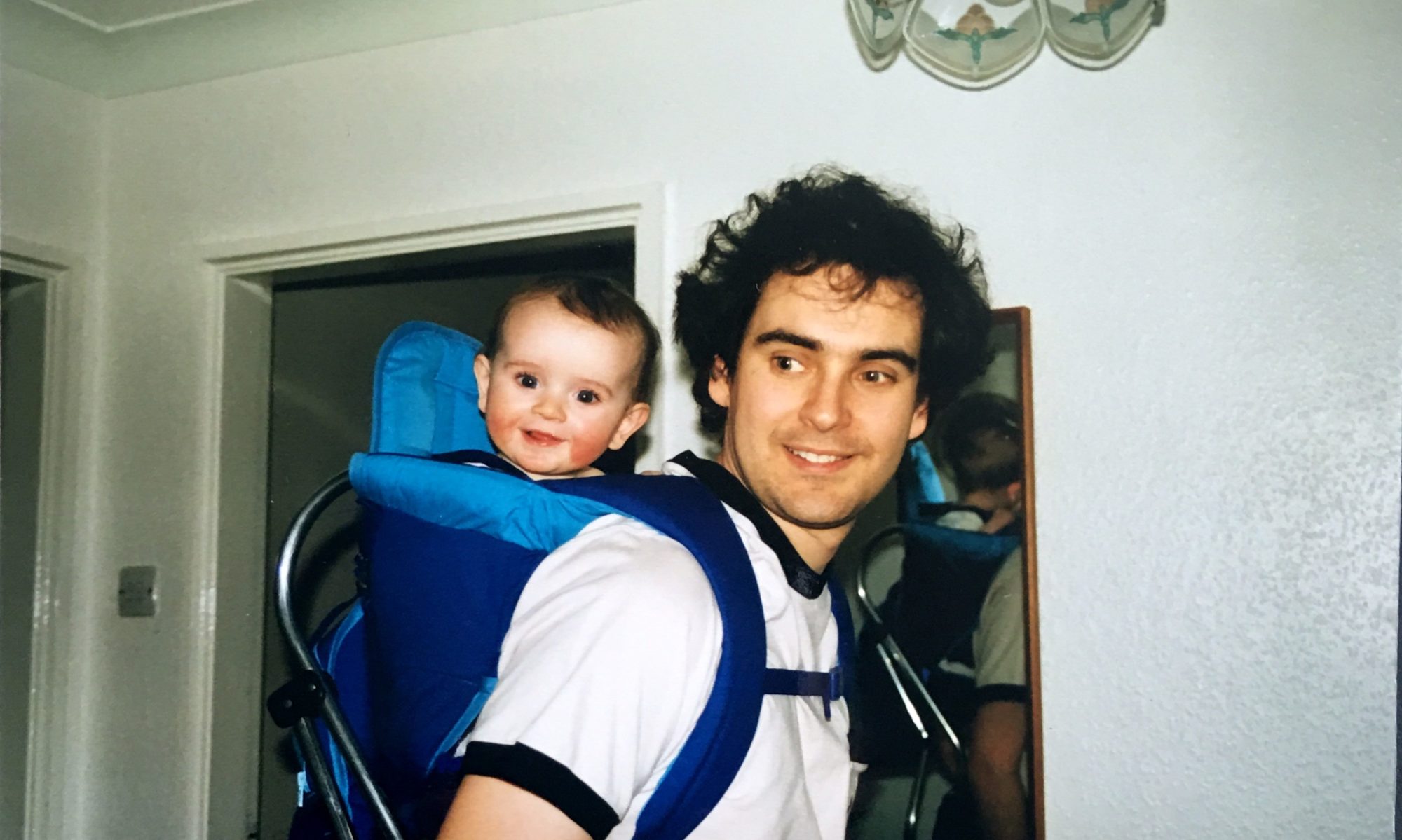Below the pavements of Central London is a network of tunnels and ducting so large that I’m amazed that the city doesn’t sink into them. In 2017 it was estimated that there were 4 million km of networks and telecommunications lines underneath London. Slightly worrying is that at that point there was no central record of all these subterranean networks. I remember watching a programme on the construction of Crossrail (now the Elizabeth Line) that said that to accommodate their tunnels in some places the clearance was only 300mm – that’s the size of a ruler.
I mention all this as there is, of course, one of the largest and the oldest underground transport systems in the world beneath the streets. Over the years, the Underground has been expanded and changed leaving many places no longer required and these are normally hidden from the users of the Tube. London Transport Museum, however, runs a series of tours below several stations called Hidden London giving people an opportunity to visit these long disused areas. I’d chosen to go down below Euston.
Leslie Green – an Industrious Man
At midday, I joined nine others outside Euston Square for the tour. We were then taken to a concrete box inside the station where we were given a short presentation before walking to the start of the tour which was actually at Euston station some distance away.
Our first stop, still above ground at this point, was one of the original stations in its very distinctive maroon colour tiles. We couldn’t get close to this as it was barriered off due to work on HS2.
This and 45 other stations were designed by one man, Leslie Green, who did all the designs in a single year which must have been exhausting. Not only did he design the exterior but also the interiors too. Each station had its own colour scheme so that when you arrived at a station you could tell where you were by the colour. Euston’s was blue and cream.
20 of the original 45 stations still survive, and 11 are listed. This one now houses fans providing cool air to the Northern line.
Going Underground
Finally, we were taken underground and in something vaguely reminiscent of Harry Potter to an anonymous door at the back of the Northern Line, platform 6. Here was a tunnel that had previously been linking the rival Charing Cross, Euston and Hampstead Railway and City and South London Railway lines but disused since 1962.

Because the tunnel linked two competing tube companies it required that you buy separate tickets for each. To facilitate this there was an underground ticket booth. Because of the uniqueness of this requirement, there was only ever one of them.
As we walked through the tunnels we stopped to admire the advertising posters that had remained on the walls encouraging you to see West Side Story and Psycho or join what sounds very much like a cult called the “Brotherhood of Humanity”. It was a fascinating snapshot of the time.
Our final stop was to stand above one of the active platforms for a demonstration of the piston pressure effect whereby hot air is forced out of the tunnels and fresh air brought in by the pressure of the trains moving through the tunnels. It is surprisingly effective.
It was a fascinating trip and I would be tempted to go back and do one of the others at either Aldwych or Moorgate although the £45 price each time is slightly off-putting!











Thanks for sharing this. I will keep this in mind for a future visit to London!